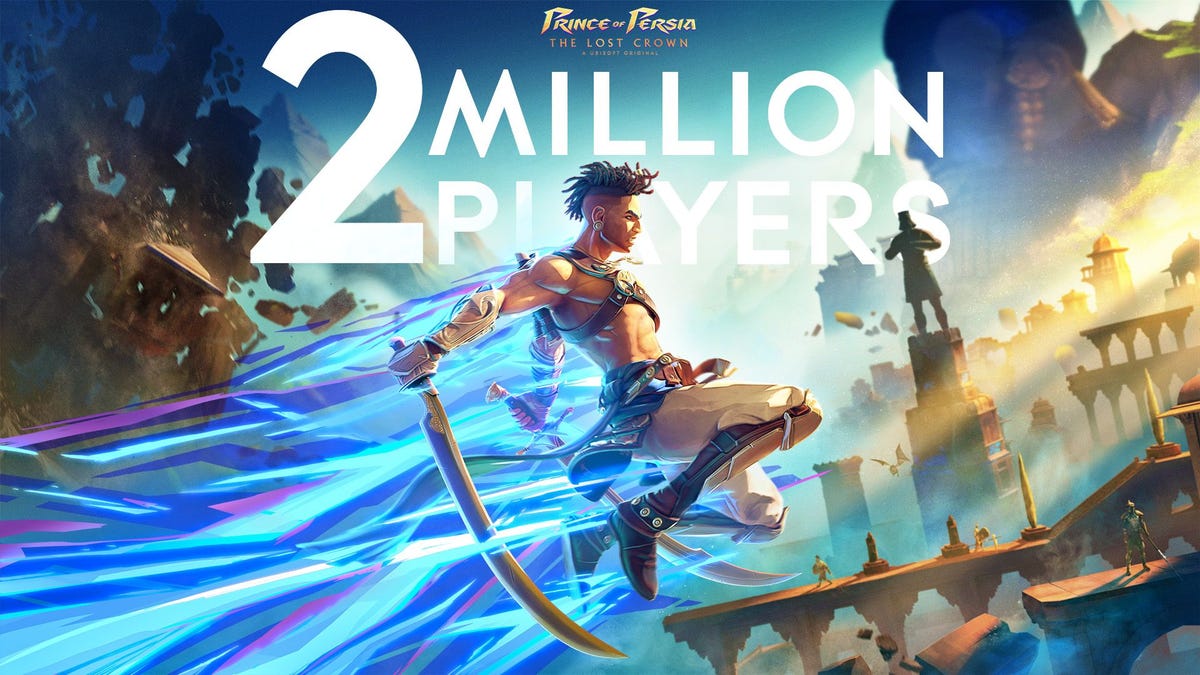Andor Season Two: A Heartbreaking Reunion and Tragic Loss

The second act of Andor season two has captivated audiences with its intricate storytelling and powerful character arcs. Among the various narratives woven into this season, the reunion of insurgent lovers Vel Sartha and Cinta Kaz stands out significantly. This poignant moment occurs against the backdrop of Luthen's efforts to gauge resistance against the Empire on the planet Ghorman. Following a prolonged separation since the climactic events of the first season, Vel and Cinta's path crosses once again, providing them the opportunity to reflect on their relationship, their allegiance to Luthen, and the shifting tides of the Rebellion. Their encounter culminates in an intimate moment that, after the subtle queerness displayed in season one, emerges as arguably the most explicit showcase of queer intimacy in the Star Wars franchise thus far.
However, this moment of joy is tragically short-lived. Almost immediately after their heartfelt reunion, calamity strikes. As they attempt to rally the tense and unprepared members of the Ghorman resistance for an ambitious heist aimed at seizing Imperial weaponry, a confrontation ensues. A local named Samm accidentally discharges his blaster, and the stray bolt fatally strikes Cinta in the chest, resulting in her instant demise. This unfortunate incident places additional weight on the performance of actress Varada Sethu, who has recently faced a series of shocking character exits in other productions, including the latest season of Doctor Who.
This tragic moment serves as a compelling narrative device, particularly through the lens of Vel's anguish following Cinta's death. The emotional aftermath unfolds as Vel grapples with her grief, confronting Samm and placing a heavy burden of guilt on himan emotional complexity that she finds more bearable than the prospect of exacting revenge. This poignant narrative turn raises significant questions regarding representation, particularly given the historical trope of "Bury Your Gays," wherein LGBTQ characters are often introduced solely to be killed off for dramatic effect. This trope has long plagued discussions about queer representation in media and raises concerns about the implications of Cinta's death within this context.
While Star Wars has made strides in recent years toward more inclusive representation, it still has a considerable journey ahead. Five years after the brief but impactful sapphic kiss in Rise of Skywalker, expectations remain high for meaningful LGBTQ representation in the franchise. Although queer characters have found their place in various Star Wars mediaspanning comics, novels, and video gamesthe films and television series remain the most visible aspects of the franchise. Vel and Cinta represented the most substantial on-screen LGBTQ presence in the past decade, making Cintas abrupt and tragic end all the more painful for queer audiences. The context of her death, particularly following a moment of reconciliation and romance, amplifies this hurt, regardless of the narrative's execution and the overall tone of Andor, which is known for its unflinching portrayal of the precariousness of life in a conflict-ridden universe.
Nonetheless, Andor does not treat Cinta's death as a mere shock tactic. Instead, it presents the moment with profound gravity, emphasizing the narrative's exploration of the costs of resistance. Cintas bravery could have warranted a heros death, a glorious exit befitting a character who has fought so valiantly against the Empire. However, the bitter truth is that in conflicts depicted in stories like Andor, heroism does not guarantee a fitting end. Death can be sudden and chaotic, reflecting the unpredictable nature of life on the battlefielda lesson that resonates deeply with both the characters and viewers alike. Cintas demise serves as a stark reminder to the Ghorman Front, Vel, and the audience: revolution is seldom tidy and exacts a heavy toll.
As one of several romantic relationships explored in Andor, Vel and Cinta's connection becomes a lens through which the necessity of resistance is examined. Their relationship is not solely defined by their queerness, but rather is one aspect of their multifaceted identities. In contrast to the fleeting and somewhat trivial representation found in Rise of Skywalker, Andor treats both characters as fully realized individuals, who just happen to be queer, rather than as mere trophies of representation. This nuanced portrayal enriches their storyline, allowing them to face the same dangers and tragedies as their heterosexual counterparts.
In a franchise that should undoubtedly feature more LGBTQ characters, each loss is felt acutely. However, the journey toward genuine representation also requires that queer characters be allowed to experience the same complexities, messiness, and depth as straight characters. This includes the potential for tragedy and the harsh realities of their existence. Andor season two is now streaming on Disney+ and continues to challenge viewers with its rich narratives and intricate character dynamics.






















